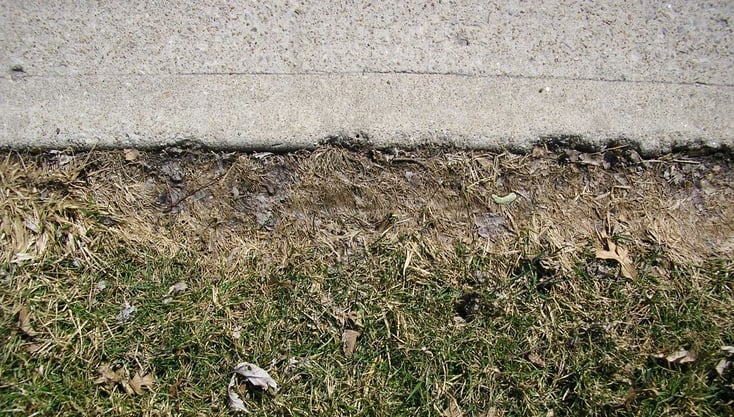1 min read

By: Shawn Karn, The Grass Expert on Jan 26, 2017 9:48:00 AM


Lawns suffer enough from the damaging effects that Snow and Ice can cause over the winter months. Compounding things, adding road salt and sidewalk ice-melter to the equation can make things even worse. Areas of the lawn along the edges of sidewalks, boulevards and driveways are often left damaged in the spring when the snow melts.
Road salts and ice melters are effectively used to prevent the buildup of snow and ice during the winter months, however the concentration of these salts that accumulate in areas where snow is piled can be very hard on the lawn and the soil. Salt accumulation removes moisture from the soil preventing it from getting to the plants roots. When this happens plants become dehydrated and die. Salt accumulation also prevents and blocks the plant from absorbing the essential nutrients it requires to grow healthy including potassium, calcium, and magnesium, instead absorbing sodium and chloride that can become toxic.
To help encourage a quick recovery, aggressively flushing the salt damaged areas with deep water soakings can help leach away the salt below the lawns roots level. Core aeration and overseeding practices can also help re-establish turf in the damaged areas. An application of Gypsum will also help free up and break down the salt accumulation in the soil.